BEAUTY
DEMYSTIFYING: RETINOL
By Emma Strawbridge, 14 July 2025
SO, WHAT IS RETINOL?
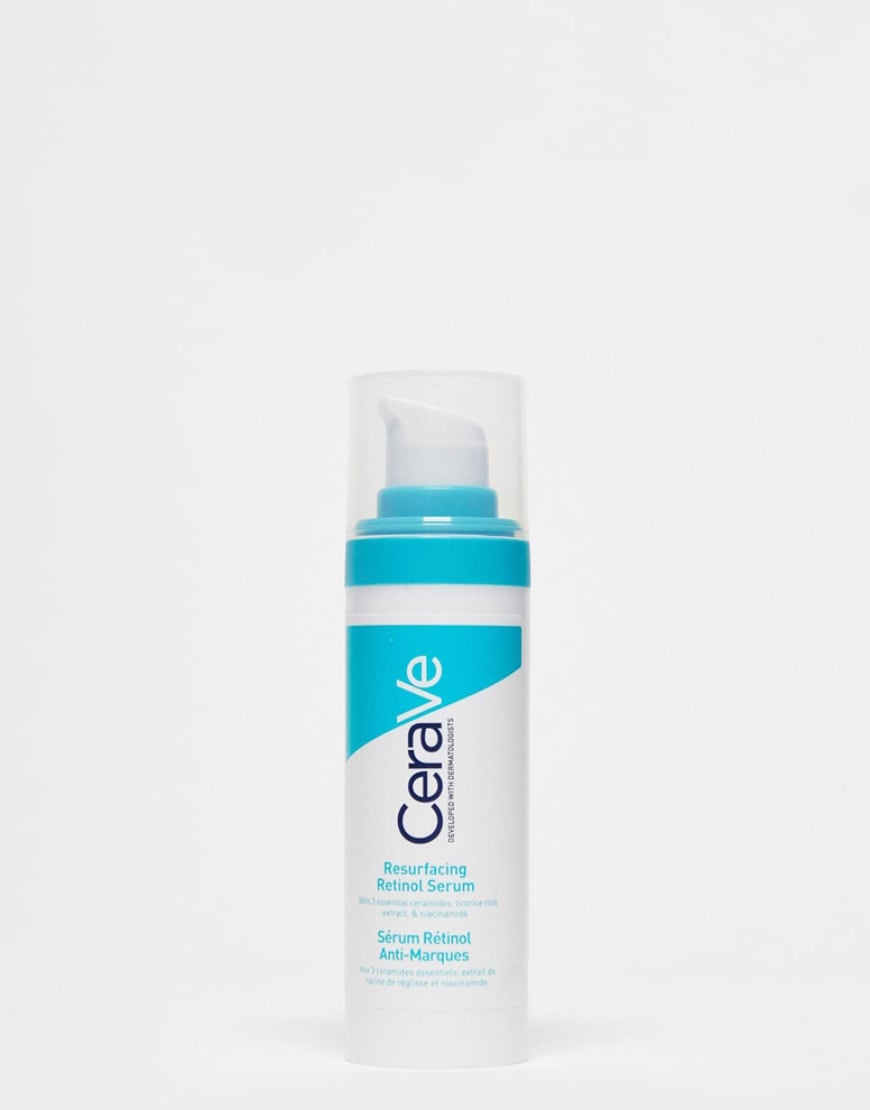
Suitable for blemish-prone skin.
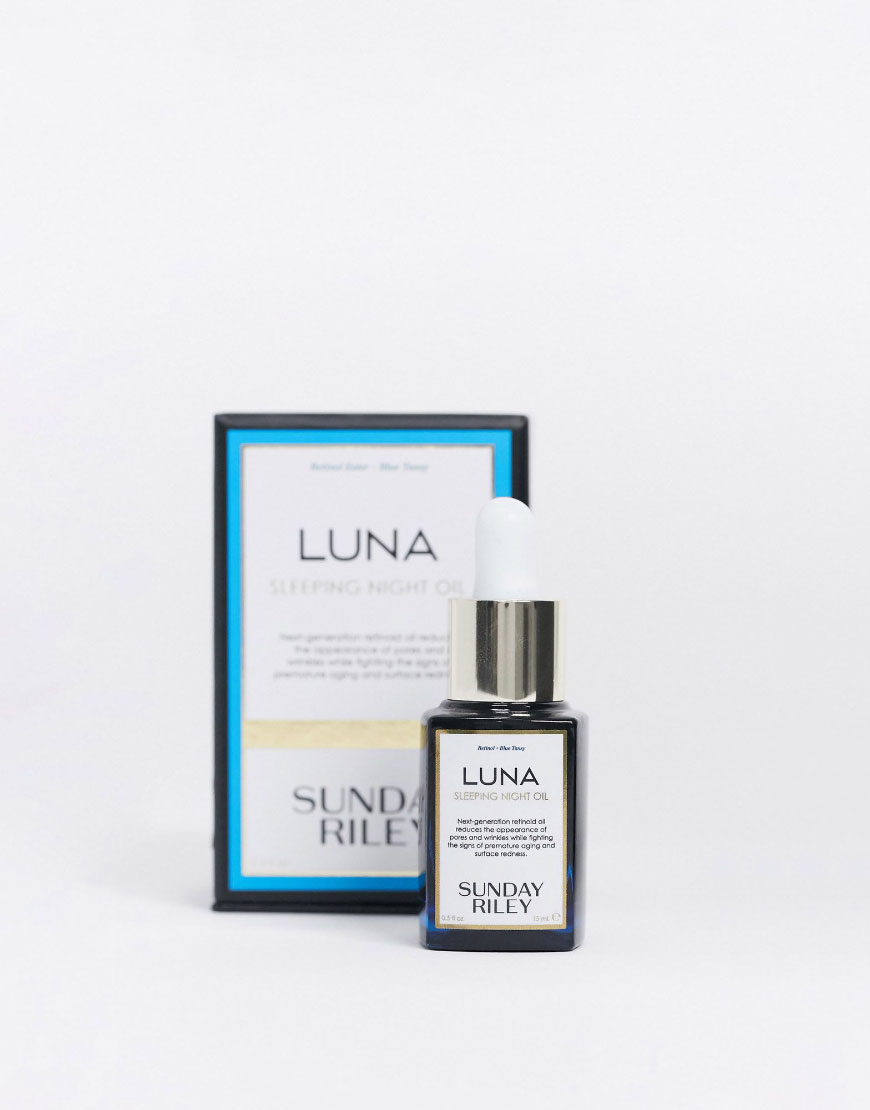
Antioxidant-rich: helps calm the skin.
Sunday Riley Luna Sleeping Night Oil with Retinol & Blue Tansy 35ml, £85
SHOULD I BE USING RETINOL?
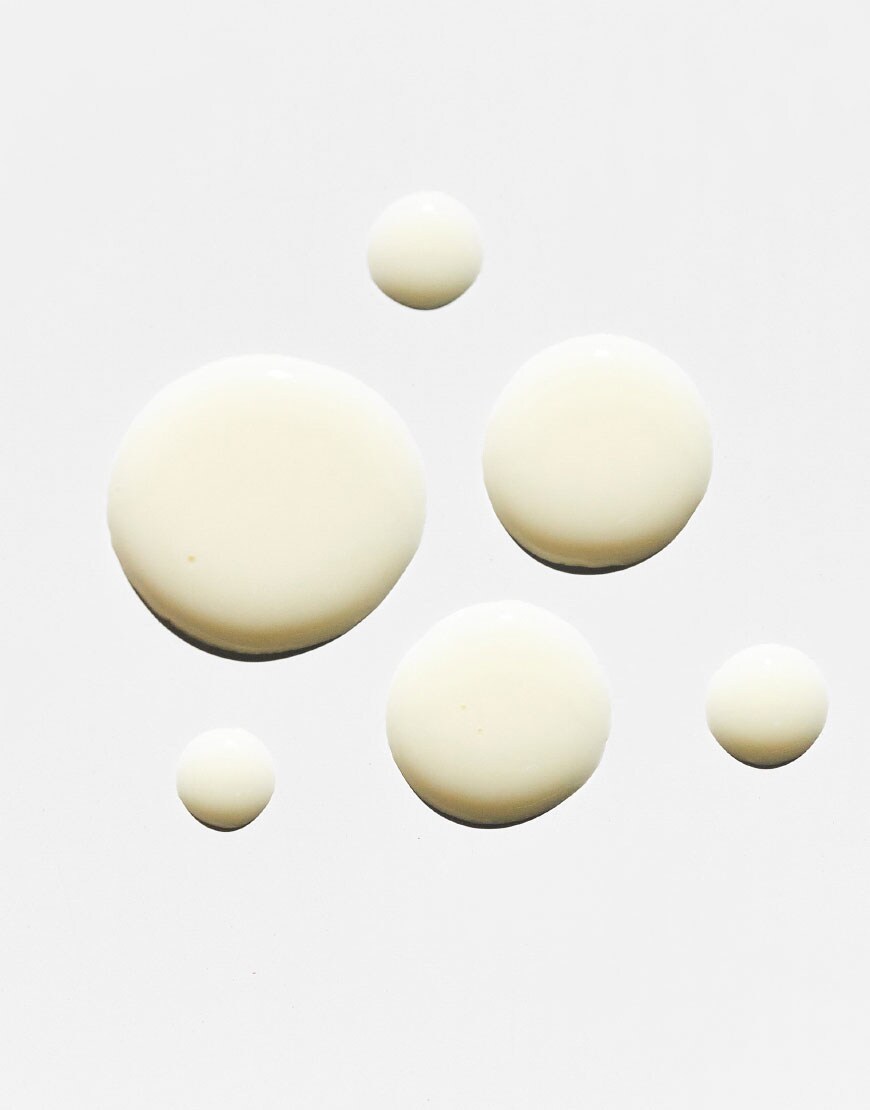
WHAT ARE THE BENEFITS OF USING RETINOL?
ARE THERE DIFFERENT TYPES OF RETINOL?
Yes! There’s retinol, retinal and retinoids. They're all vitamin A derivatives, and retinoids is the overarching term used to refer to them all. Put simply, retinals and retinols are both types of retinoids. And retinal is the more potent of the two, making it generally more effective, but also more irritating if you have sensitive skin.
Retinol also comes in different forms: creams, gels, serums, sprays and lotions. Which you choose will depend on your skin type. If your skin is oily, you could go for a gel or spray (as they’re more drying), while combination skin would benefit more from a lotion or retinol serum, and dry skin types should choose a cream for as much hydration as possible. Other factors will come into it too, in the winter you might opt for a heavier cream, while summer might be more suited to a light serum.
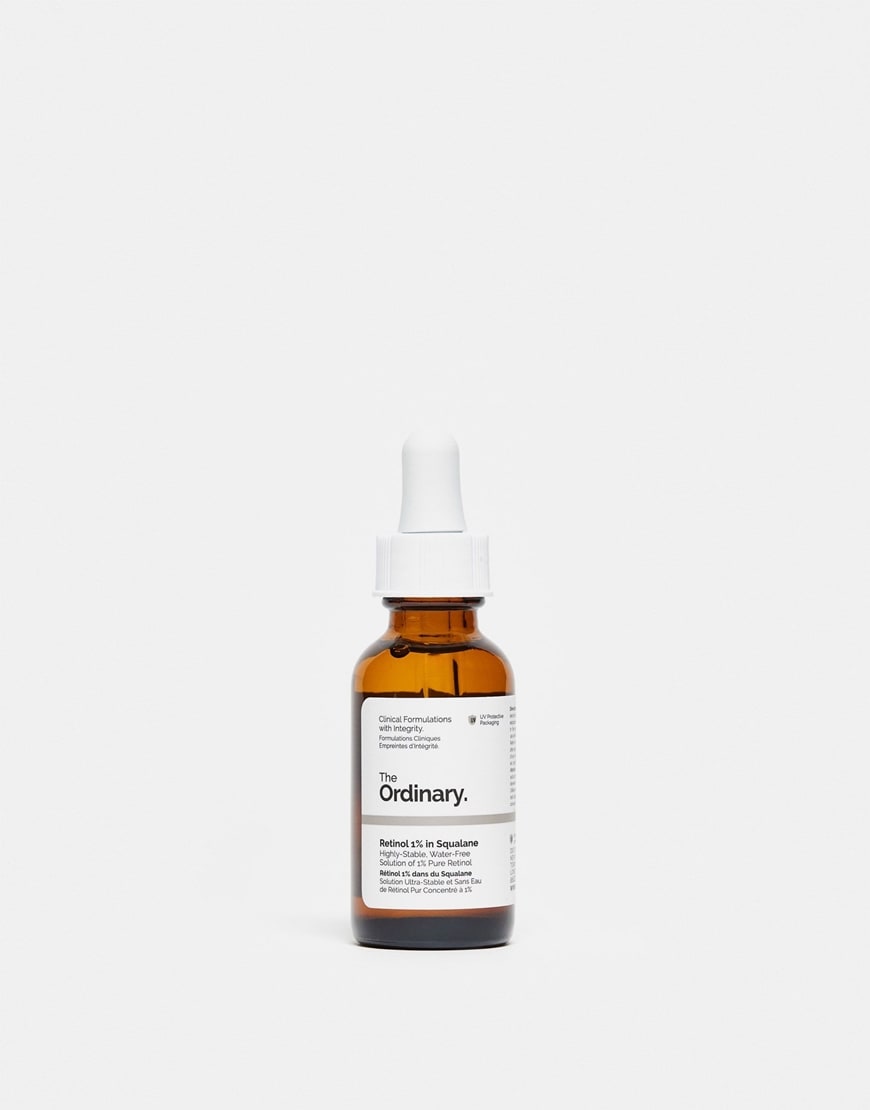

This high-strength retinoid is supported by squalane to bring hydration where retinol can be drying.
WHAT STRENGTH SHOULD I BE USING?
HOW TO USE RETINOL
Start by using retinol just once or twice a week, on non-consecutive nights so your skin can adjust to the ingredient. You can gradually increase the usage if your skin handles it well, but avoid using for a night or two if you see any redness or irritation the day after. Eventually, you should be able to use retinol every other night, and then nightly.
When applying, take a pea-sized amount (or the amount in the pipette if it’s a serum) and dab onto the forehead, nose, cheeks and chin for even distribution across the face, then rub it in. And remember, it can take weeks to months to see the results of using retinol, so patience is key.
BEST FOR: TARGETED CONCERNS
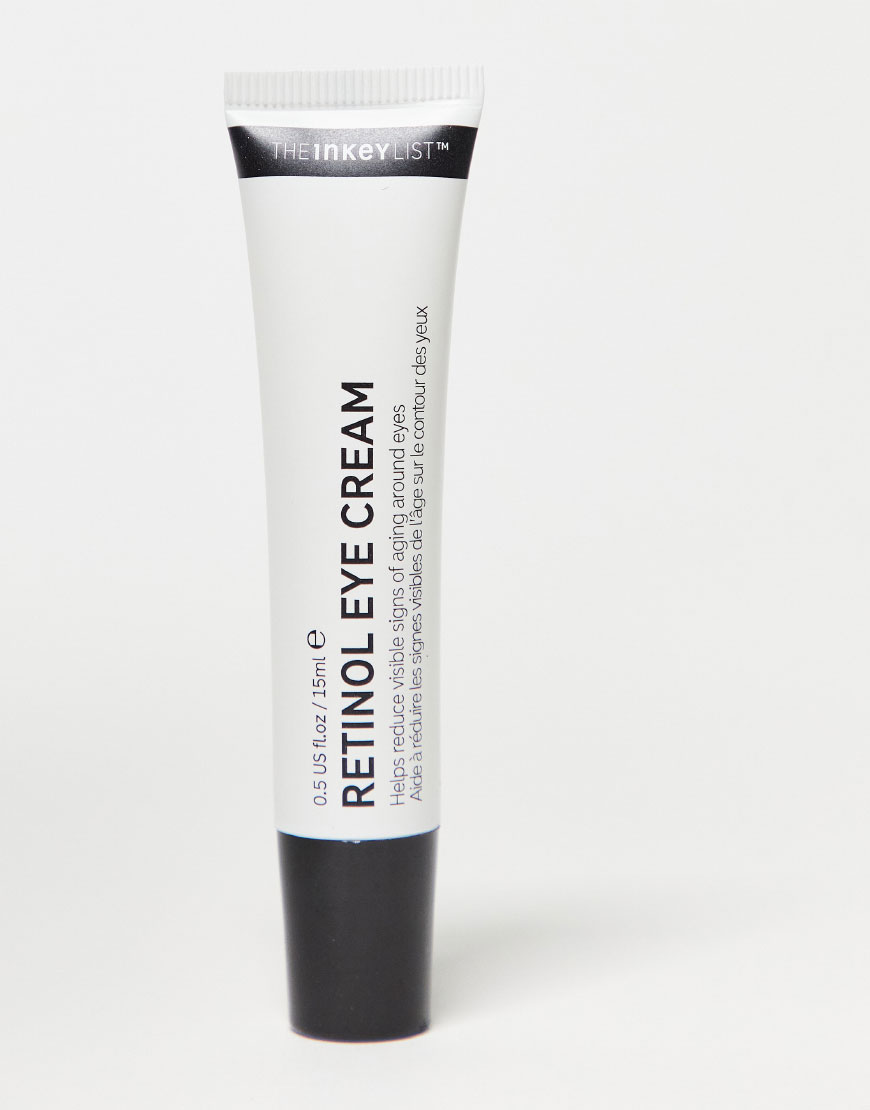
A gentle formula for the eyes.
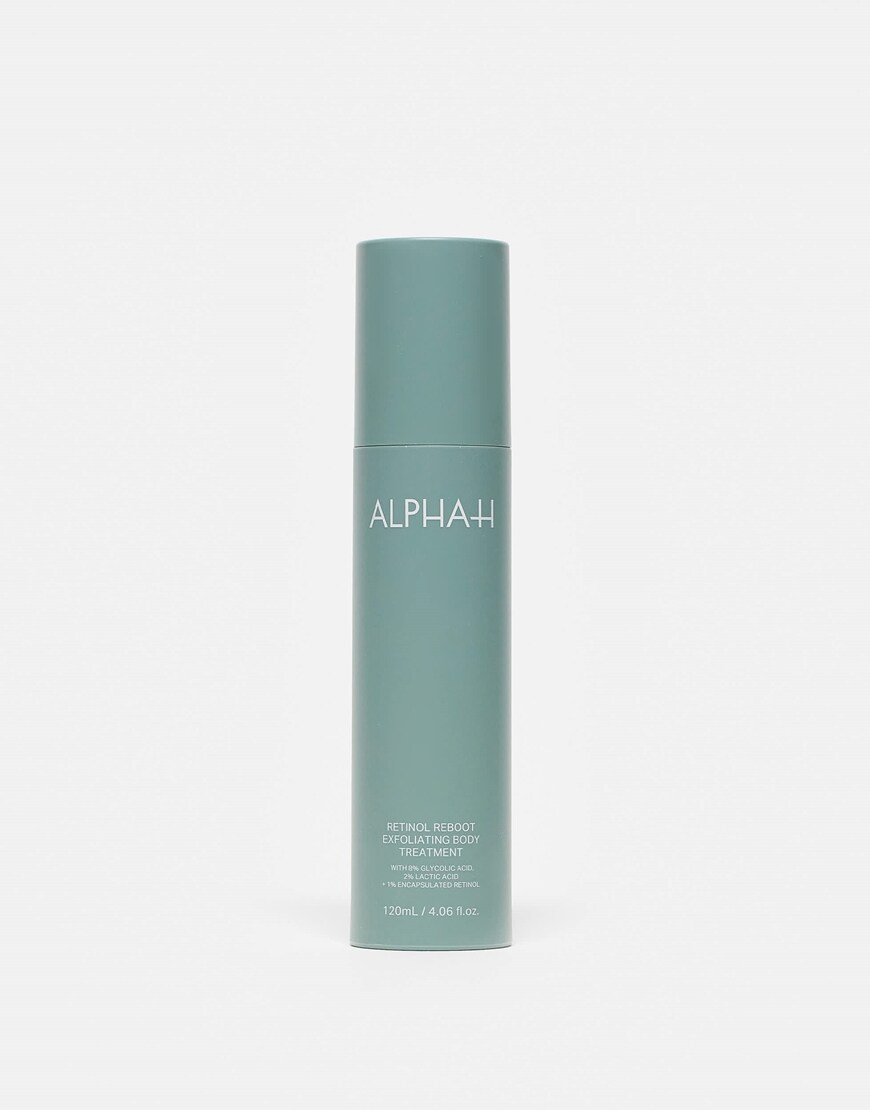
A full-body exfoliation treatment.
BEST FOR: HYDRATION
BEST FOR: BEGINNERS
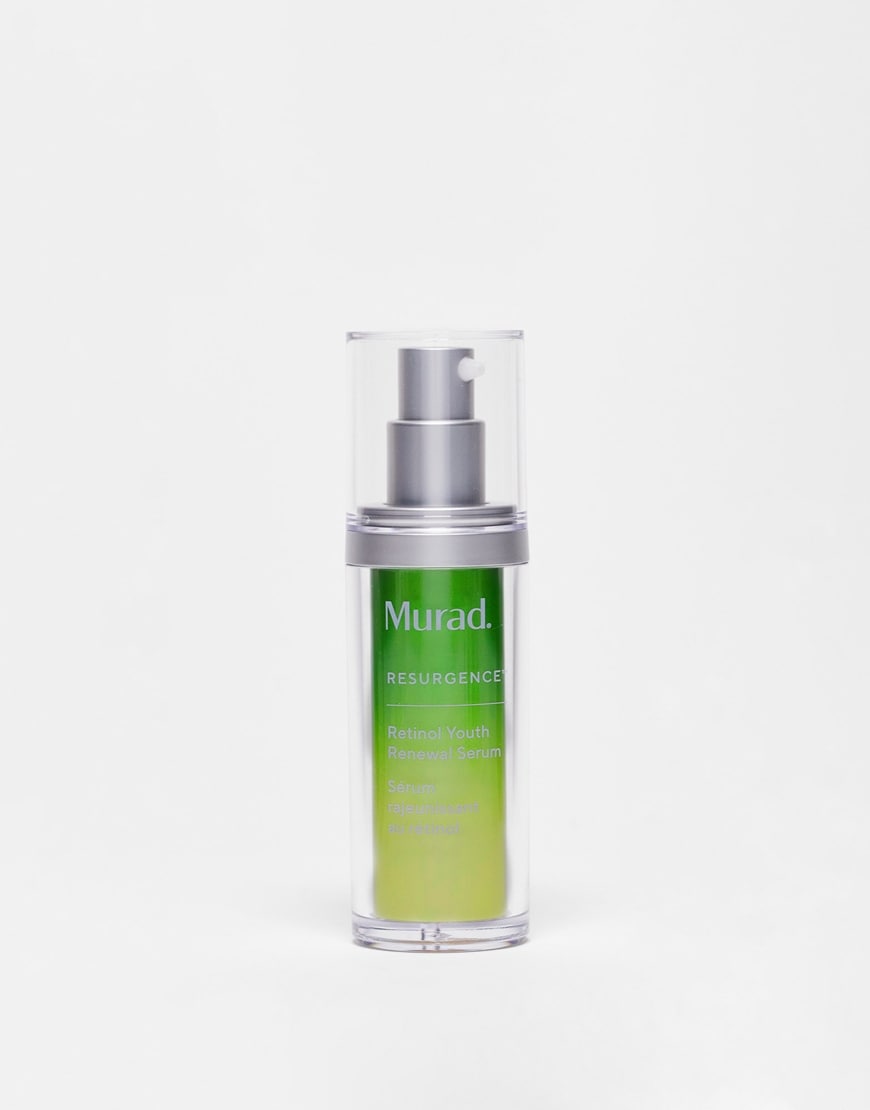
Suitable for sensitive skin.
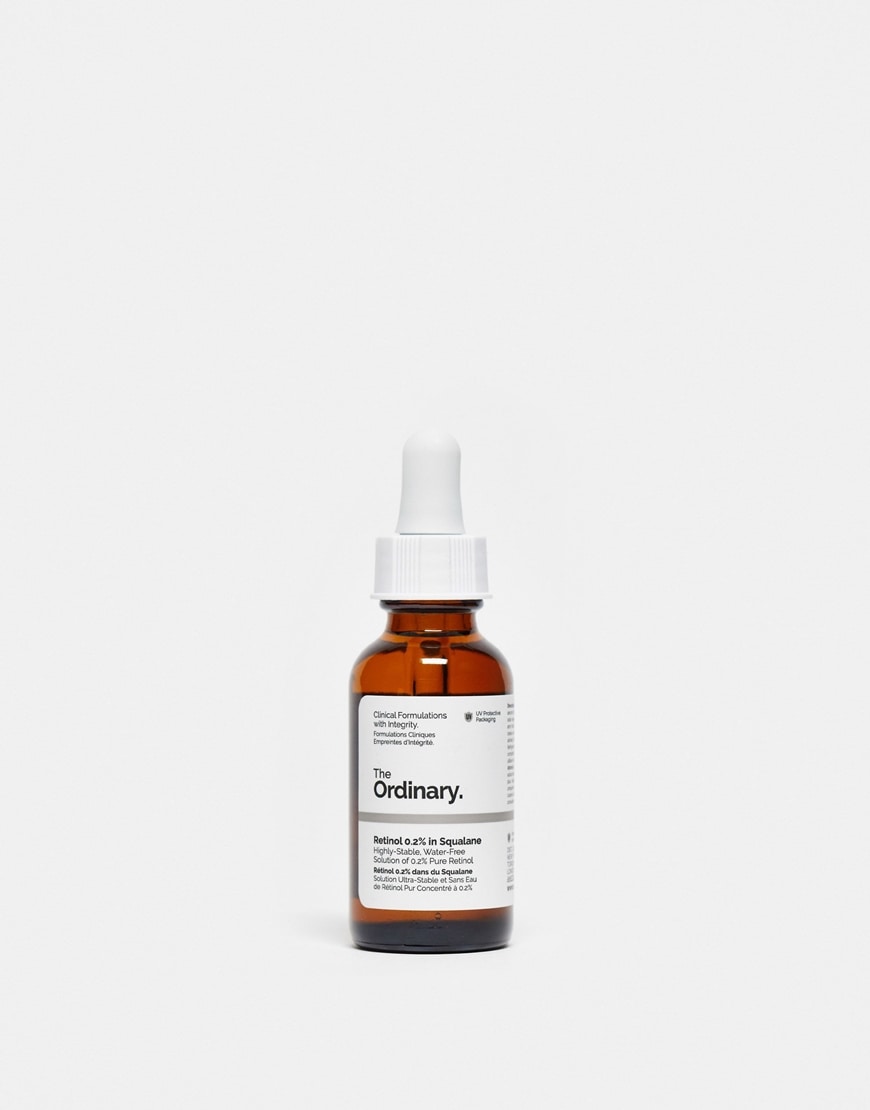
Pictures: ASOS
A low-strength formula.



